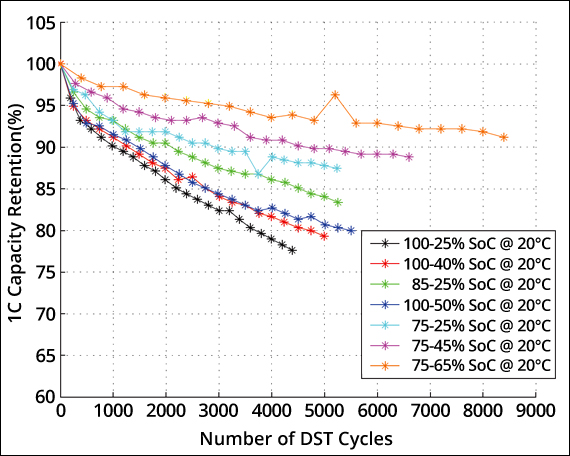I have to wait for the electric company to quote out an estimate to bring another 100 amps from the grid to my house. In the meantime, I have no home charger (other than the 110v using the provided home charging cord) but I do have relatively easy access to a DC Fast Charging station. My preference is not to wait until the battery is 20% to charge.
So I would like to know if there's any long term battery issues/concerns with DC fast charging twice a week when the battery is 50-60%, bringing it back up to 80% each time?
Thanks
So I would like to know if there's any long term battery issues/concerns with DC fast charging twice a week when the battery is 50-60%, bringing it back up to 80% each time?
Thanks


